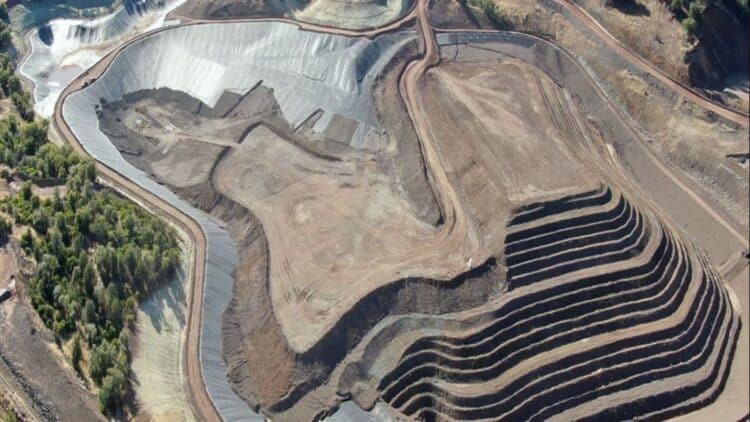While 4,000,000 tonnes of zinc, lead, and silver have been found underground in this state, we will need almost 28 years to extract them. The expected 4 million tonne shortfall of zinc that is predicted for the year 2034 requires a massive project to help with this shortfall. One particular project, called the Hermosa project, offers the promise of remedying this zinc shortfall. At the very core of the Hermosa project is the Taylor deposit, which is the source of the zinc that is in high demand. The Hermosa project aims to reduce the 4 million tonne shortfall predicted for 2034 since the project indicates one of the largest zinc discoveries globally.
Understanding the 28-year extraction figure
28 years may seem like a long time, and over 2 decades worth of time and effort. The truth is that mining 4,3 million tonnes is not a quick task at all. This 28-year timeline takes into consideration environmental issues and the complexity that comes along with mining underground.
The main concern with the Hermosa project is not about the quantity of zinc that lies underground, but the timeline at which the zinc will be extracted. Production is expected to start in the second half of 2027, but it is expected that the extraction process could take 28 years.
The design of the Taylor deposit
The Taylor deposit is an underground mine that makes use of paste backfill techniques that only enable certain and efficient ore removal whilst causing minimal disturbance. The Taylor deposit cannot disturb more than 750 acres, unlike open mines that disturb over 10,000 acres. Ore will, as such, be crushed underground and then brought to the surface only to be processed in a high-tech facility.
The project’s merger with the federal FAST-41 has caused this timeline to speed up, spanning between six to seven years. Full-scale operation will begin in 2030. However, the 28-year duration is put in place to ensure that extraction is in support of long-term productivity whilst meeting environmental responsibility too.
Which state is the Hermosa project transforming?
From uranium mining at the bottom of the Grand Canyon, we need to shift our focus towards the project in favor of zinc mining in one particular state. The Hermosa project is taking place in Santa Cruz County in Arizona. Good news is in store for citizens from Arizona, as about 900 direct jobs will be created from this project. About 3,000 indirect roles will open up in this state again due to the large scale of this project.
According to South32, 80% of the project’s workforce will be based locally in Arizona. There is already a Workforce Development Taskforce that is assisting residents with the preparation for a more technical mining role or for roles in safety and engineering.
Arizona will see barely any emissions during the mining process, as this Hermosa project buys into the low-carbon vision. For this project, battery-electric equipment fleets will be used to reduce emissions. The mine will employ dry-stack tailing, using about 90% less water than others in the region. With environmental friendliness at the forefront of this project, Arizona has nothing to worry about.
28 years towards 4,000,000 tonnes
The promise derived from the Hermosa project is that within 28 years, clean energy and regional revitalization will be promised. The desire to extract about 4,3 million tonnes of ore within 28 years means that community involvement will be necessary. Should this Hermosa project be successful, the U.S. will no longer need to depend on foreign minerals or exports. Unleashing untapped potential is of utmost importance, especially when the focus is on cleaner energy generation. The hope is that Arizona, as well as several other states, will uncover over 200 years of energy and thus become richer than Dubai.


